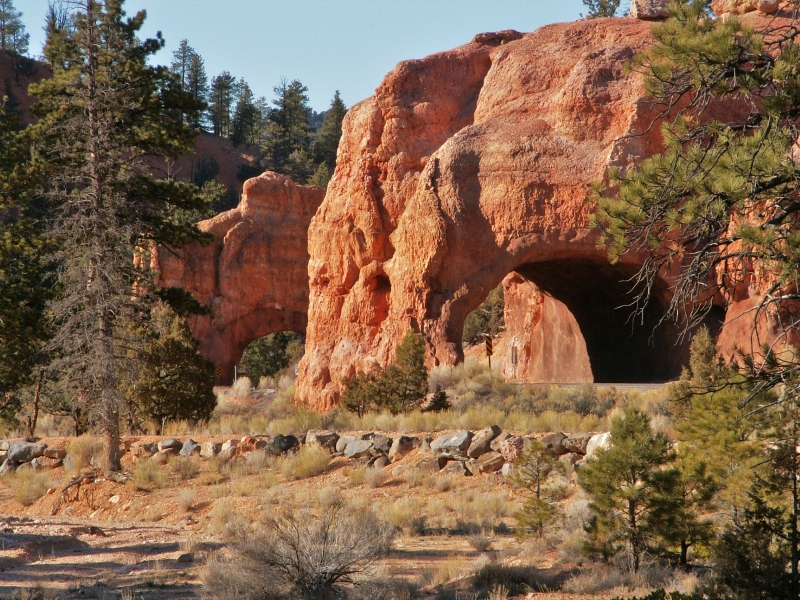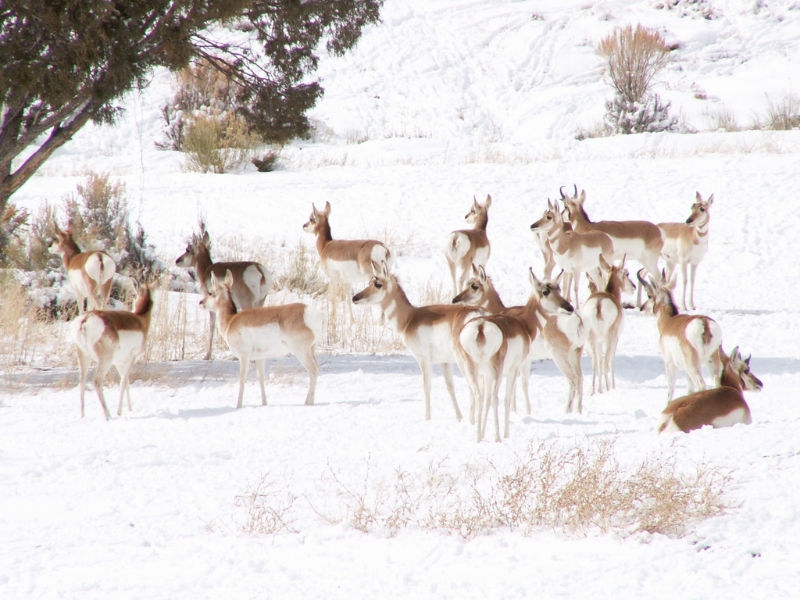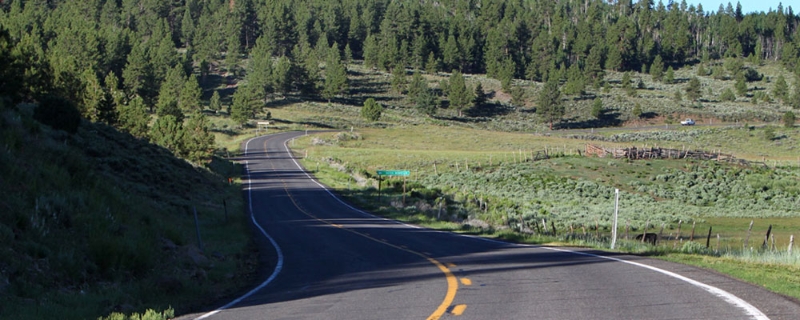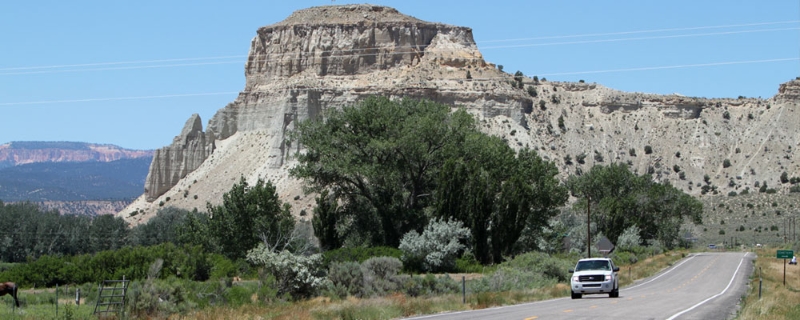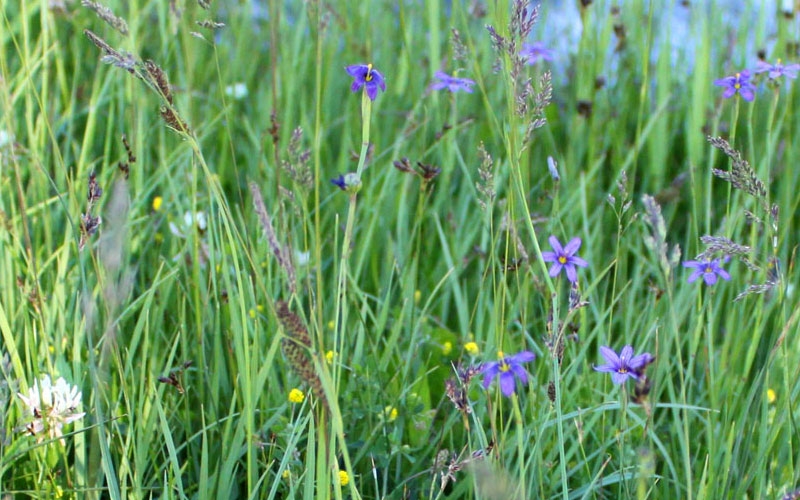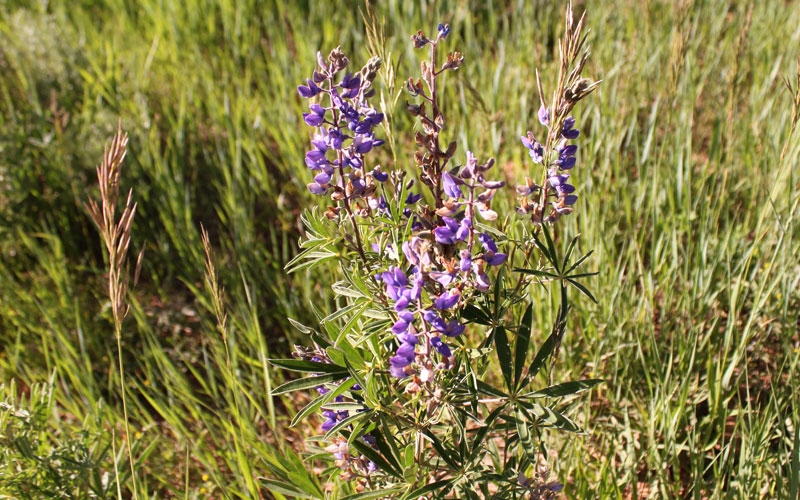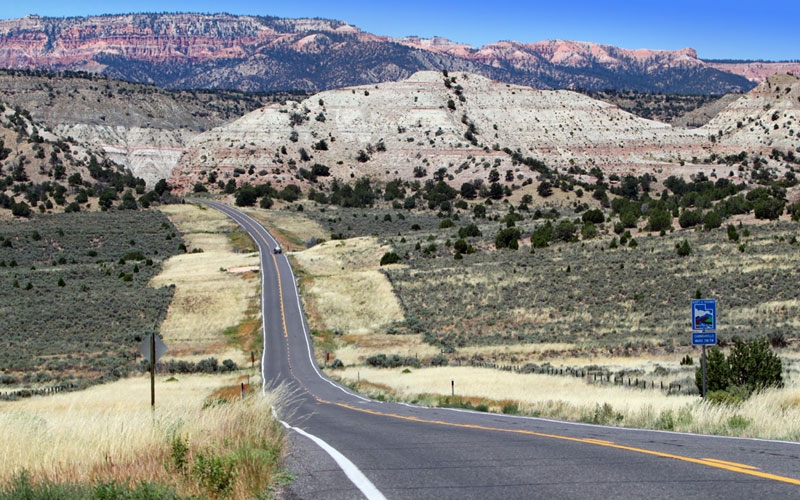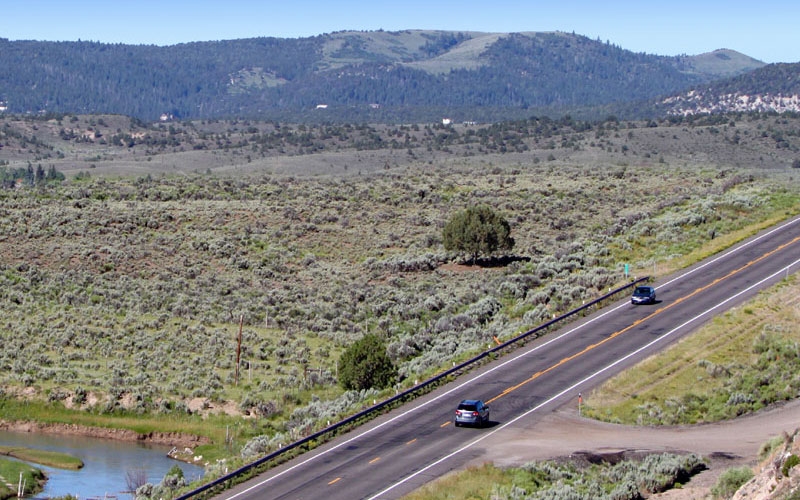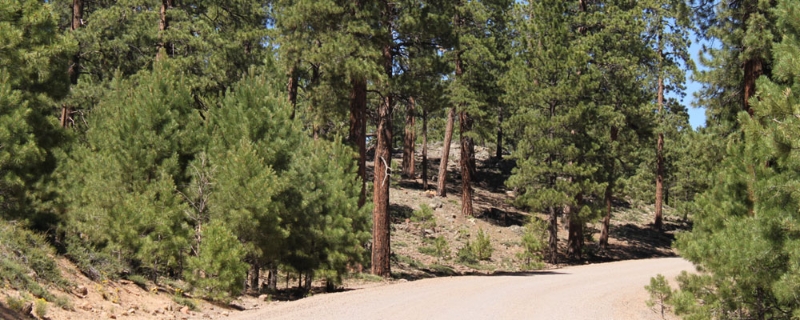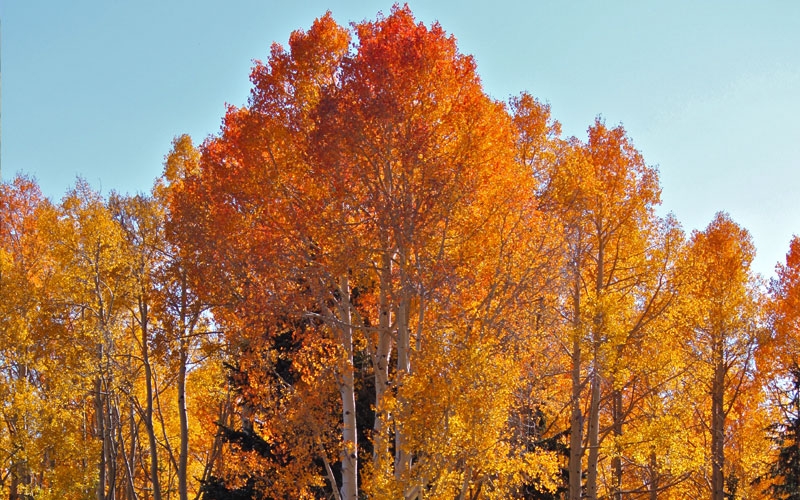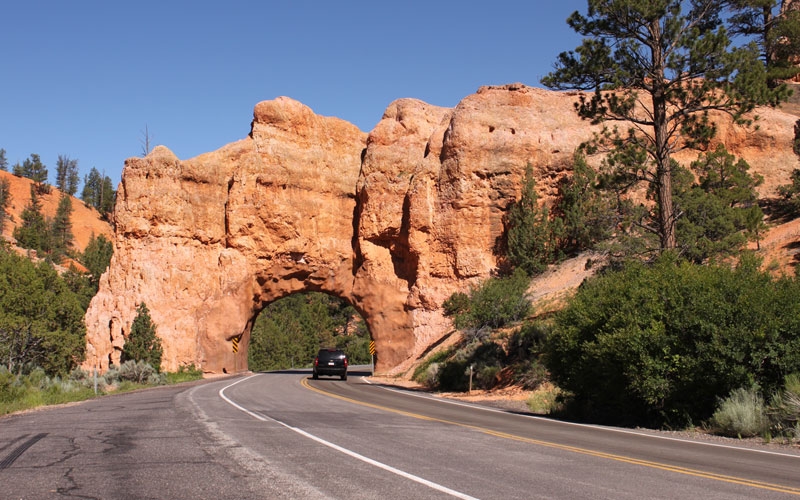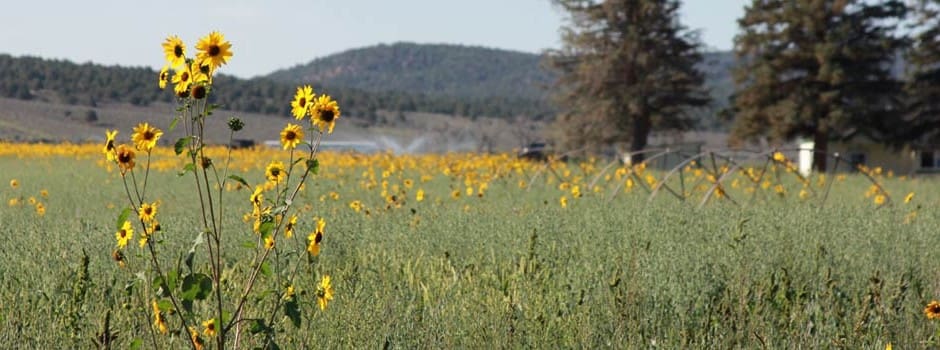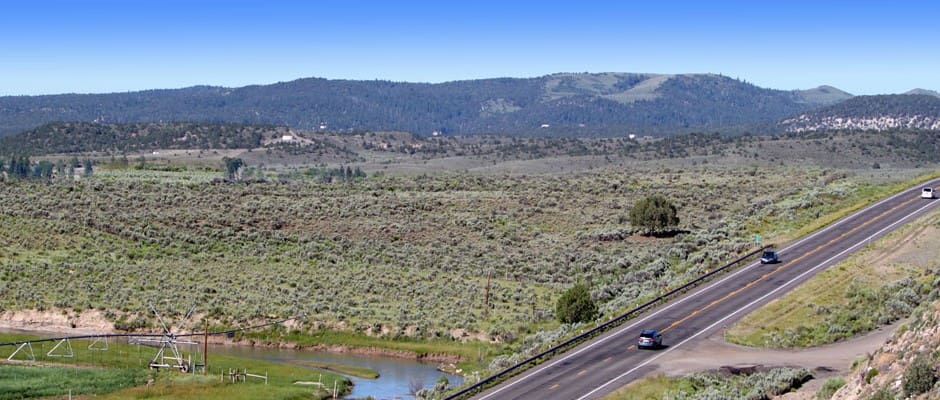Scenic Drives
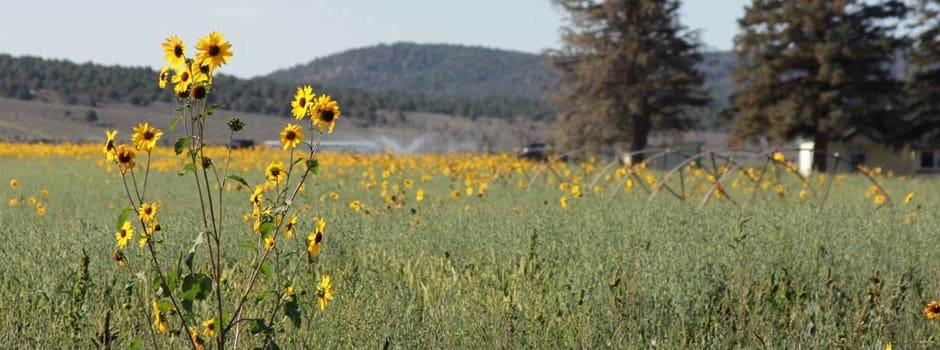
A Road Paved In History
The name, “The Patchwork Parkway” is also used when referring to Scenic Byway 143 and tells the story of early Mormon pioneers who were settlers of the town of Panguitch, who in suffering long journeys in the dead of winter in search of food relied on the saving grace of many handmade quilts laid gently over the snow one at a time to help them cross the treacherously frigid trail.
Before the trail was made famous by pioneer treks, this route was frequented by the Paiute people who scoured the plateaus for hunting and gathering purposes for hundreds of years. Rock art depicting their travels can be seen at various historical stops along the way.
Scenic Views And Recreational Activities Abound
Modern day travelers can enjoy a stretch of road that passes through thousands of years old lava flow remnants and the famous Panguitch Lake, just 18 miles outside the town of Panguitch (Panguitch is the Paiute word meaning “Big Fish”), where the most avid of anglers enjoy themselves for hours at a time. Scenic Byway 143 boasts a top elevation of over 10,000 feet and provides miles of exquisite views of mountainous landscapes and scenic desert plains.
Any stop along Scenic Byway 143 is sure to provide amazing views; be it miles of fields filled with wildflowers in the spring and summer, pristine snow topped aspens during the winter months, lakes surrounded by mountains, or the majestic sight of the “Grand Staircase” plateau breaks which extend for miles on end. The fall months provide endless miles of beautiful crimsons and reds due to the various oak and maple trees. The best time for viewing fall foliage along Scenic Byway 143 is between mid-September to mid-October and has been named a top national spot for appreciating autumn hues.
True outdoor enthusiasts and those who appreciate the natural beauty that Utah has to offer will surely enjoy the many national parks, recreational adventures, charming towns, hunting opportunities and historic stops that are accessible through travel along Scenic Byway 143 and in the town of Panguitch. Various trails providing horseback riding, ATV rentals and mountain biking can be found within the Panguitch city limits and beyond.
Famous National Parks Outside Of Panguitch
SCENIC BYWAY 12 Travel Along the Scenic Byway
Just seven miles south of the city of Panguitch and passing along the sweeping landscape of Southern Utah’s ancient past spans a 124 mile road known as “the Scenic Byway 12.” Byway 12 is a true gateway to desert paradise. Travelers wishing to embark on a journey through breathtaking landscapes, prehistoric sea beds, rustic sagebrush wilderness, and one of the world’s highest and most remote alpine forests can drive, bike, hike, ski, swim, and fish throughout this historic corner of the country.
Passing through Garfield and Wayne Counties, Byway 12 boasts some of southern Utah’s most prized national treasures: Bryce Canyon, Capitol Reef, Kodachrome Basin, Escalante Petrified Forest, the Anasazi Museum, Glen Canyon National Recreation Area, Grand Staircase-Escalante National Monument, and Dixie National Forest, a 1.8 million acre parcel of wilderness.
Visitors can access scenic Byway 12 from two entry points. From Highway 24, the northeastern gateway is in the town of Torrey near Capitol Reef National Park. Traveling from US 89, the southwestern gateway is located just seven miles south of the city of Panguitch.
Passing through both private and public wilderness, travelers enjoying the magic of Scenic Byway 12 encounter stunning views, the staggering cliffs of Powell Point, otherworldly rock formations of the Blues, as well as ancient Anasazi granaries (stone and mud structures ).
The rolling slick rock of Byway 12 is another adventurous draw for travelers, along with the promise of wild and untamed wilderness: buttes and mesas, snaking canyons, and the luster of rock walls soiled with the archaic minerals of ancient earth formation. A glimpse of the wildlife is a much sought-after pleasure for sightseers: hawks, eagles, and vultures can be spotted, as well as deer, elk, and even the mischievous coyote infamously elusive in Native American tales.
Violent storms create turbulent, purple hues in this famously animated sky covering Byway 12. Its unusual southwestern beauty is infused with the wild aroma of pinyon, sagebrush and aspens, while the curious rock towers and ancient ruins evoke the spirit of the mythically aged sages of Native shamanism. Around every bend and every turn lies a haunting visual experience for the senses.
Most of the land around the byway is publically owned and managed by different federal and state agencies, including the Bureau of Land Management, U.S. Forest Service, National Park Service, and Utah State Parks. Protecting the land and preserving the beauty of these national treasures is the goal each of these agencies hold in common. For the great West is truly a gem of the new world.

